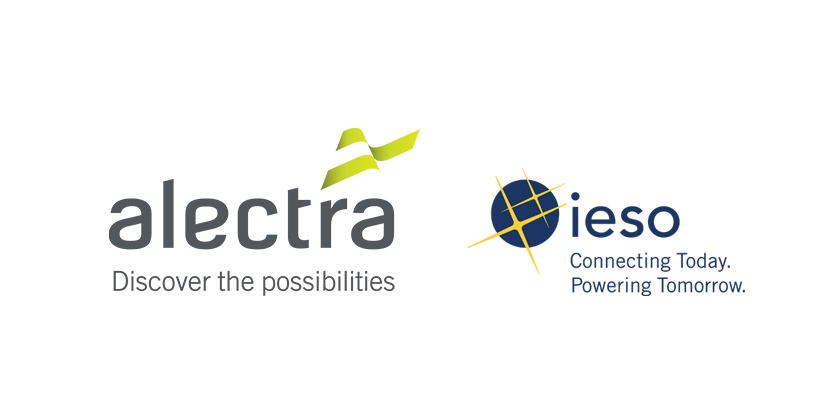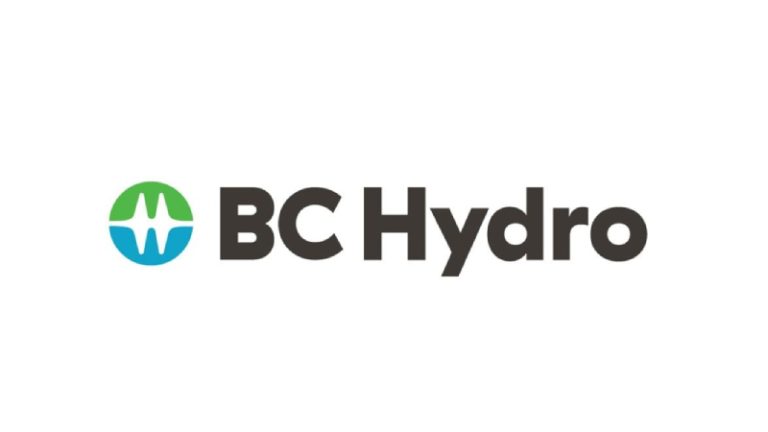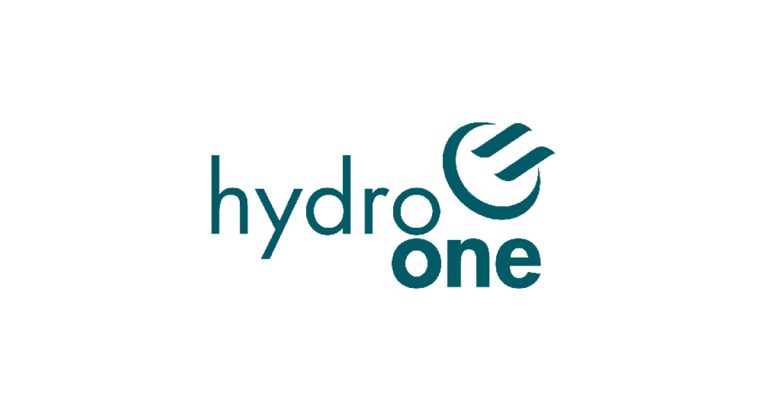IESO NWA Project: Exploring the Grid of the Future

August 15, 2024
Last month, Alectra GRE&T Centre collaborated with ICF and Independent Electricity System Operator (IESO) to present the key findings from their IESO York Region Non-Wires Alternatives (NWA) Demonstration Project.
“This pioneering project, delivered by Alectra in collaboration with the IESO, and funded by IESO’s Grid Innovation Fund and Natural Resources Canada (NRCan), showcases innovative uses of Distributed Energy Resources (DERs) as alternatives to traditional infrastructure. The evaluation confirmed the project’s success in meeting its objectives and in providing a pathway for similar projects that are part of IESO’s Grid Innovation Fund,” posted Alectra GRE&T Centre on LinkedIn.
“The IESO York Region Non-Wires Alternatives Demonstration Project significantly advanced conversations about DERs. The project’s findings pave the way for ‘stacked services’ opportunities for DERs, assuming sufficient penetration of DERs in a given service area, to support local energy needs.”
Alectra shared some highlights from the demonstration on LinkedIn:
- DERs as a Viable Alternative: The project successfully demonstrated how DERs can be used as a potential solution to defer or replace traditional grid infrastructure.
- High DER Portfolio Performance: Average DER portfolio performance was high (81-91%), showcasing their ability in meeting local energy needs.
- Local Market Success: The use of local auctions proved to be a promising mechanism for securing DER services, with oversubscription highlighting participant interest. The Local Capacity Auctions were oversubscribed by 250% (year 1) and 170% (year 2), indicating strong interest.
- Diverse Participation: The project saw a wide range of participants. Participants ranged from manufacturers to residential customers, showcasing a broad interest in DERs and providing grid services.
- Planning benefits: DERs offer faster development timelines and modular deployment, allowing for a more flexible approach to meeting capacity needs. Prime locations for DERs are areas with constrained distribution or transmission networks, driven by rising demand, evolving load patterns, or the retirement of existing generators.
- Economic Feasibility: The illustrative cost-benefit analysis showed a net-positive economic value for using DERs as alternatives in most simulated scenarios evaluated, though the assessment is illustrative and dependent on key assumptions.
You can find the report on the project HERE
Go HERE to view the presentation on the report
You can view the LinkedIn post by Alectra HERE








